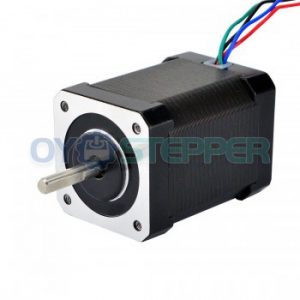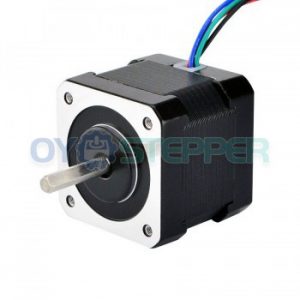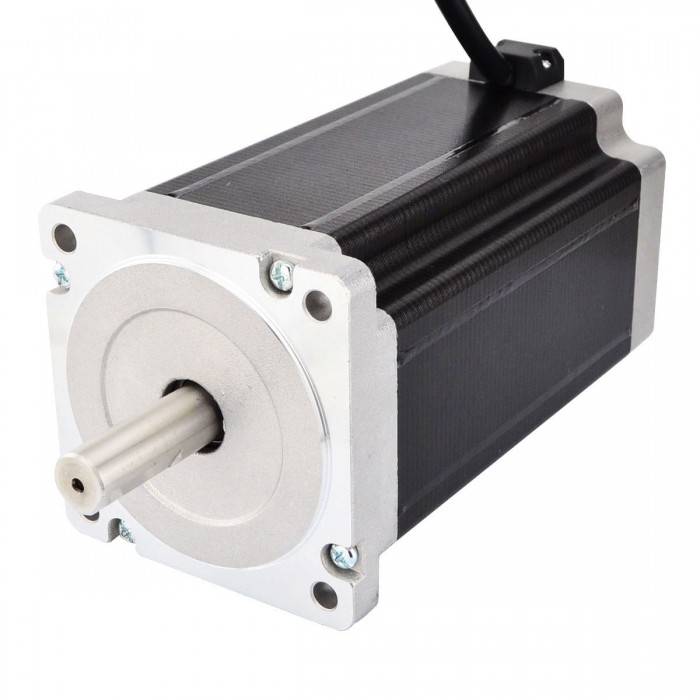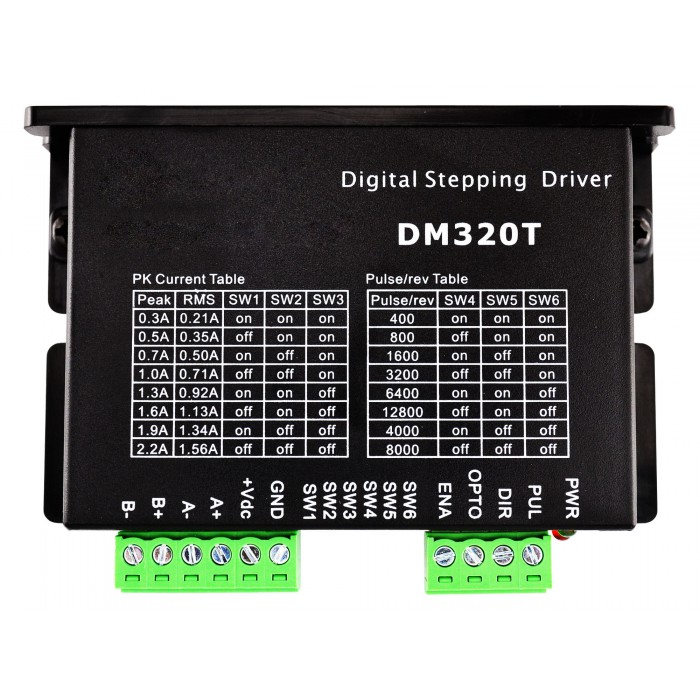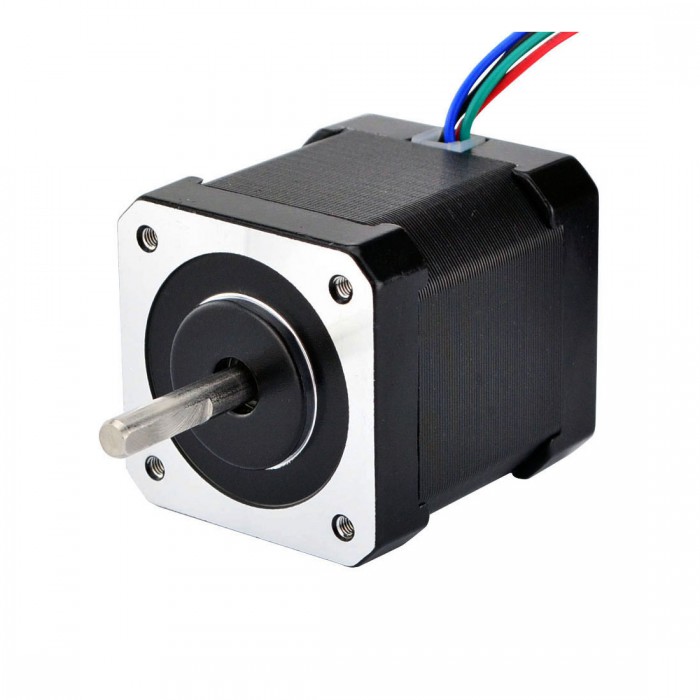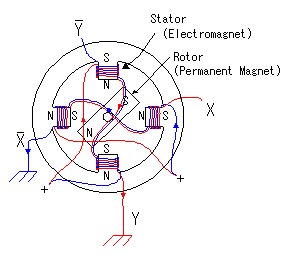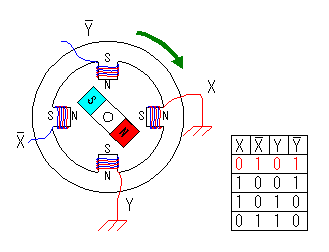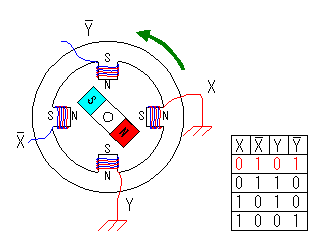Stepper motors are brushless motors that use multi-toothed electromagnets to define the position. The electromagnets are fixed around a centralized gear. NEMA numbers define the standard dimensions of a faceplate for mounting a motor. NEMA 17 stepper motors for sale are stepper motors with a 43.2mm x 43.2mm (1.7 inch x 1.7 inch) faceplate. They are heavier and larger than a NEMA 14, but their size is what ensures more room for higher torque. NEMA 17 is the most common size for stepper motors used in 3D printers. They can be designed and manufactured to have different mechanical and electrical specifications to suit the 3D printer that you want to build.
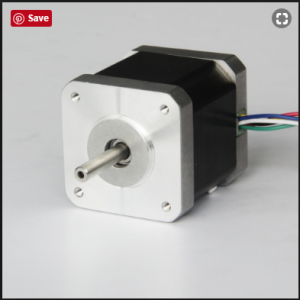
When looking for a NEMA 17 stepper, remember that the name is merely the frame size standard, which defines the dimensions of a mounting faceplate. You need to make sure that you are getting the right stepper based on the motor’s electrical specifications. A high torque NEMA 17 stepper that can provide 200 steps per revolution (1.8-degree step angle) is one of the options to consider for 3D printers. Be sure to check the model and specifications of your 3D printer before you buy a NEMA 17.
Some companies can manufacture and design custom NEMA 17 stepper motors for your 3D printer. The service comes with custom winding and housing to suit specific dimensional and application needs. You can choose different lead wires and include lubricant and bearing options in case you need parts for high temperature and humid operations.
Custom NEMA 17 stepper motors are ideal for custom 3D printer applications that require a specific lead length, shaft size, frame size, or body length. You can buy NEMA 17 steppers online. Look for a reputable supplier of small electric motors with years of experience working for a range of industries. This way, you can be sure to get high-quality stepper motors at the right size and at a reasonable price.
